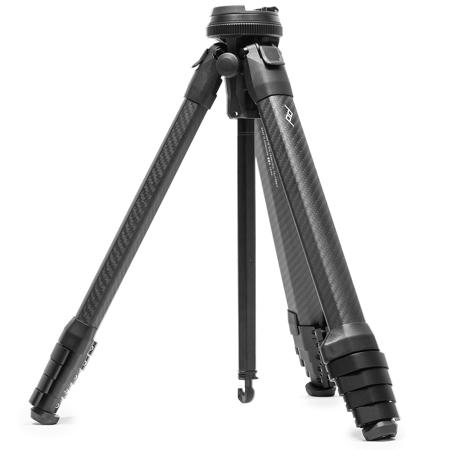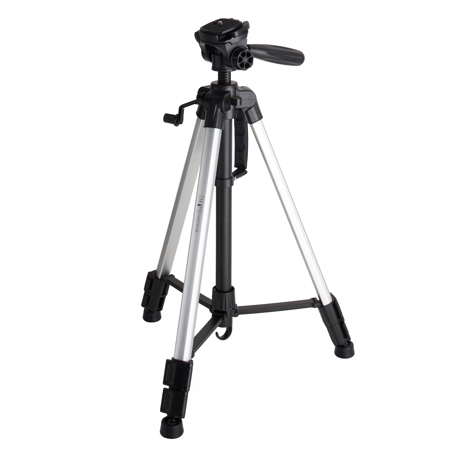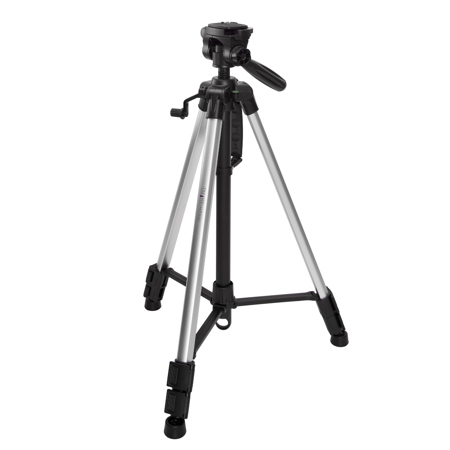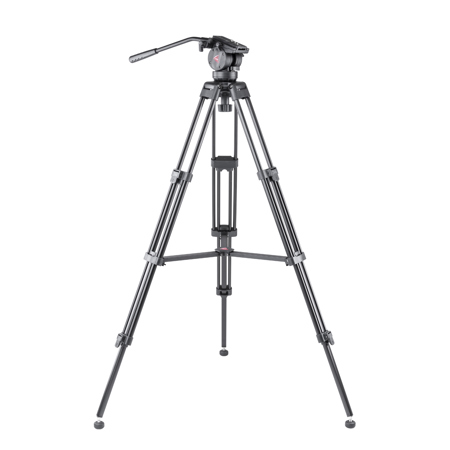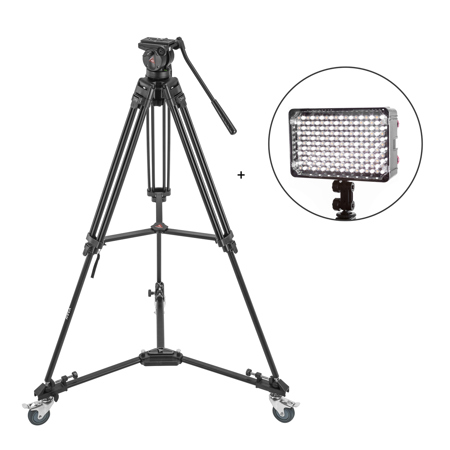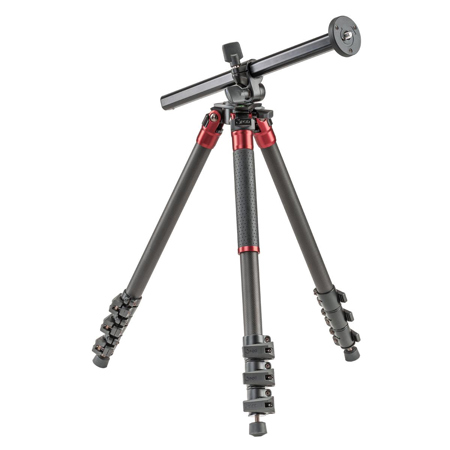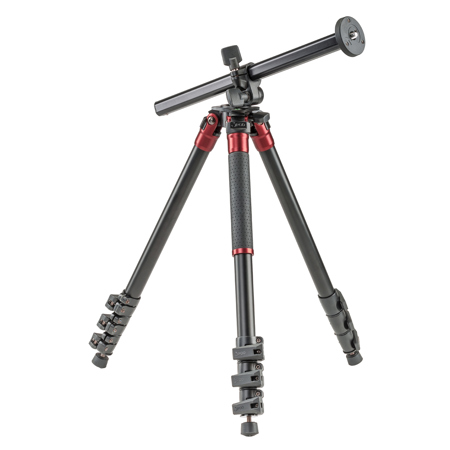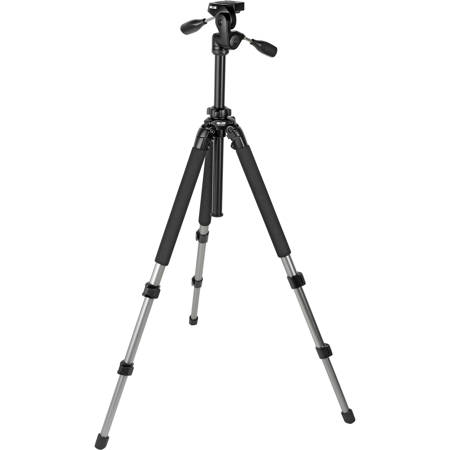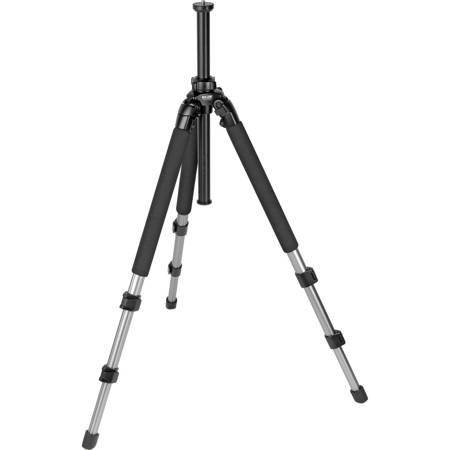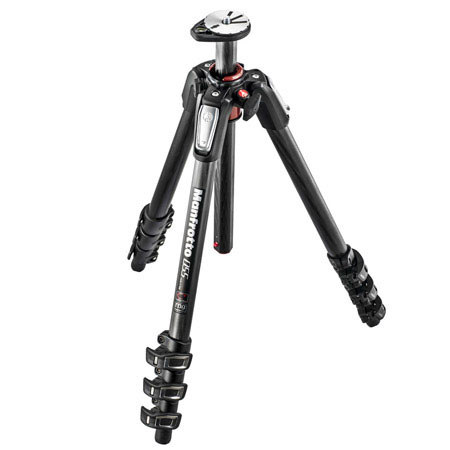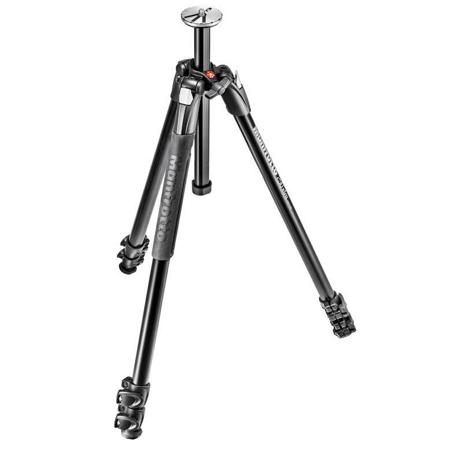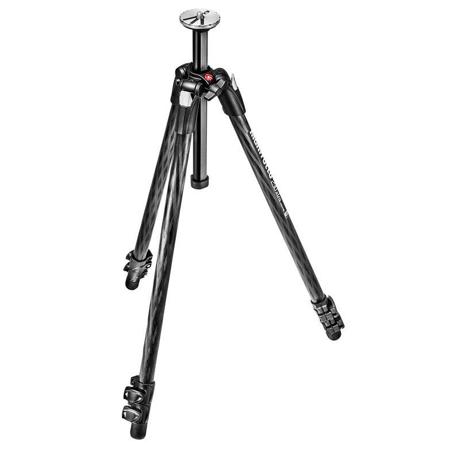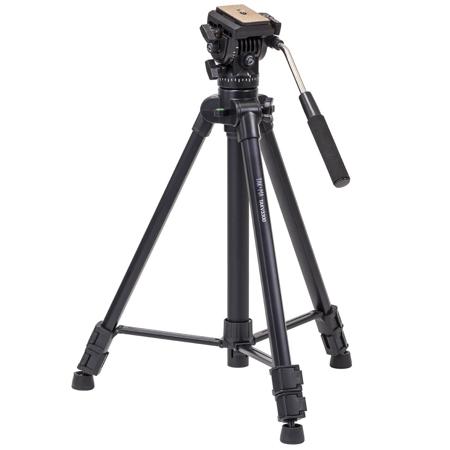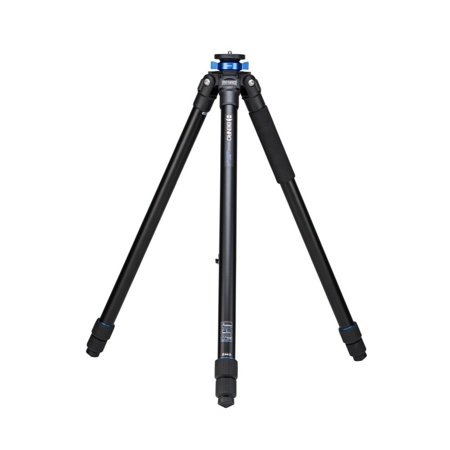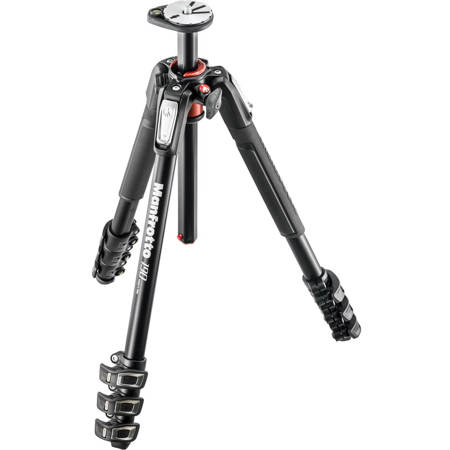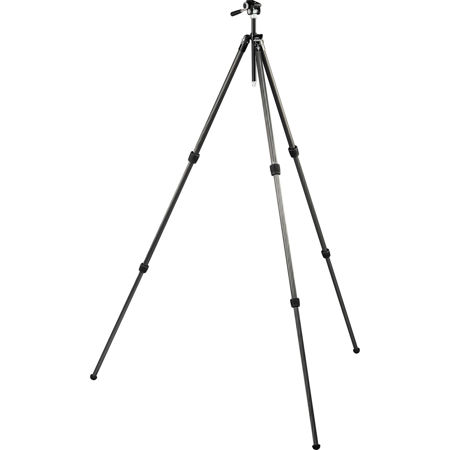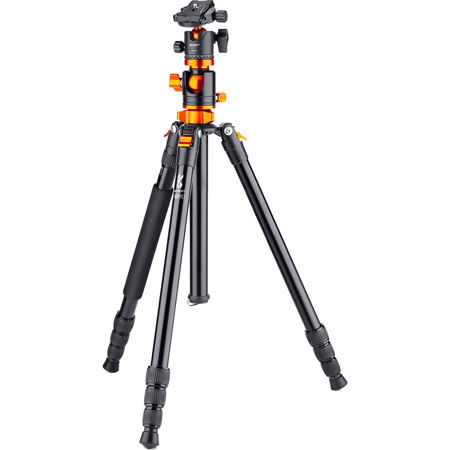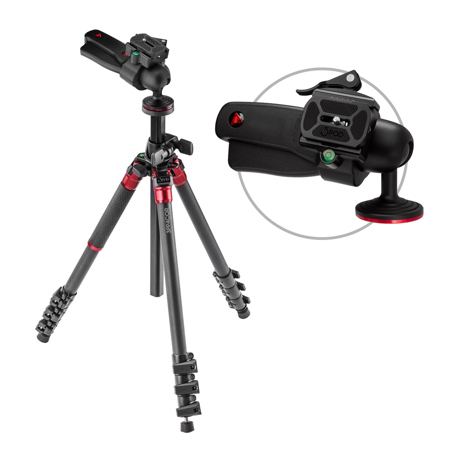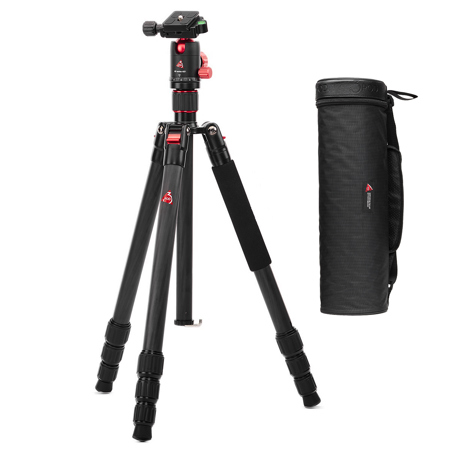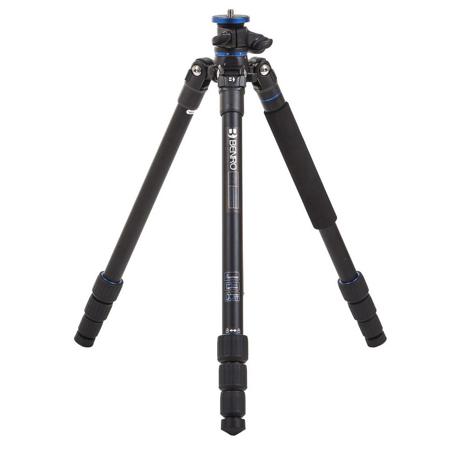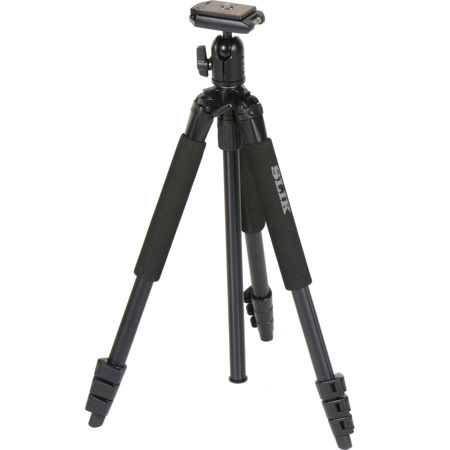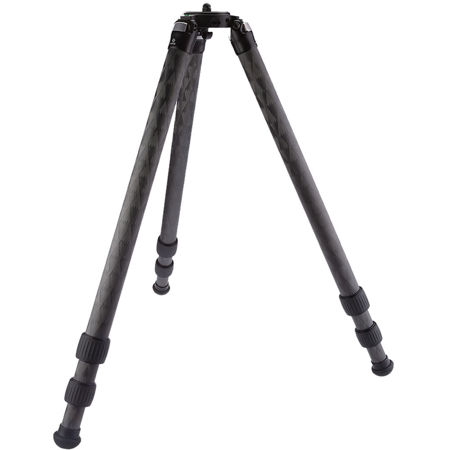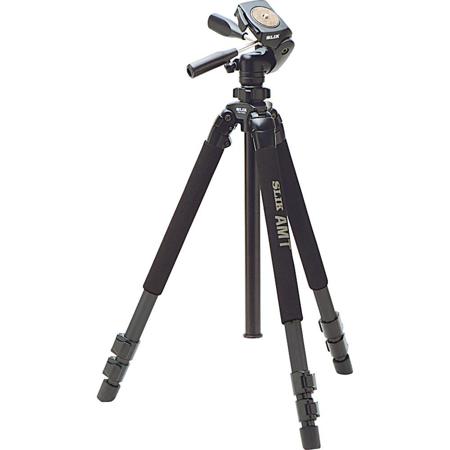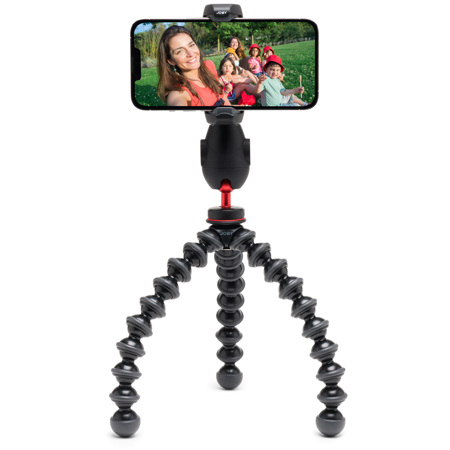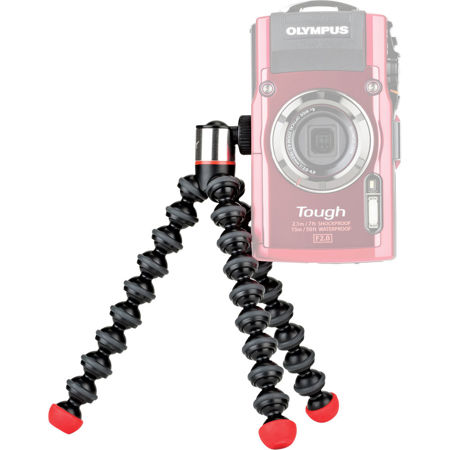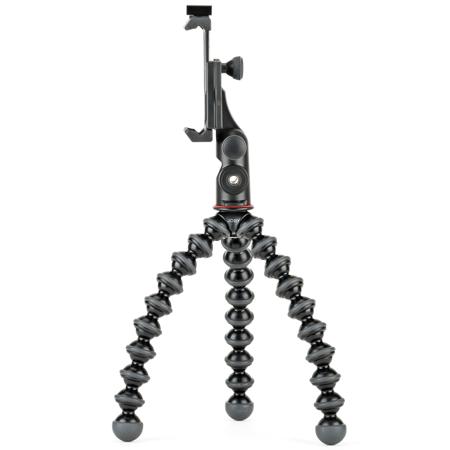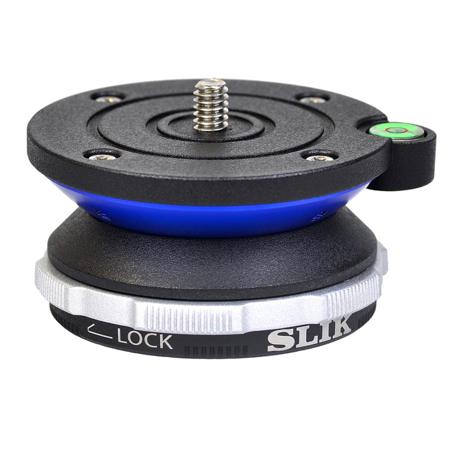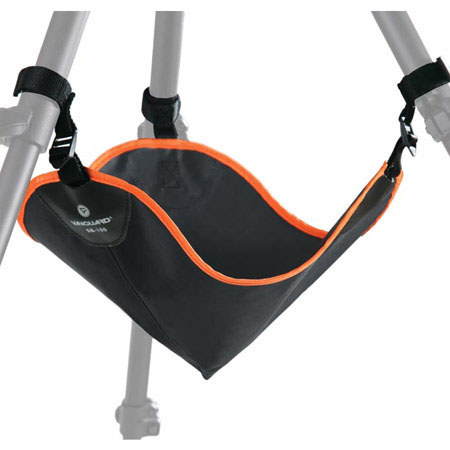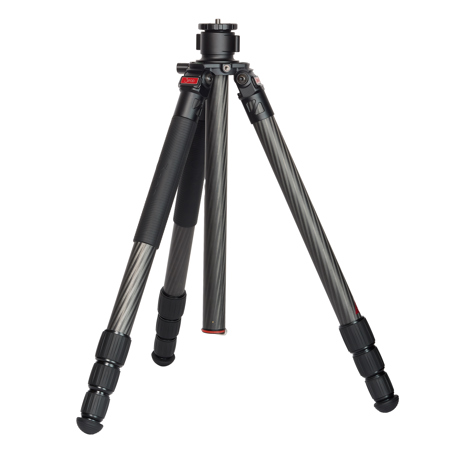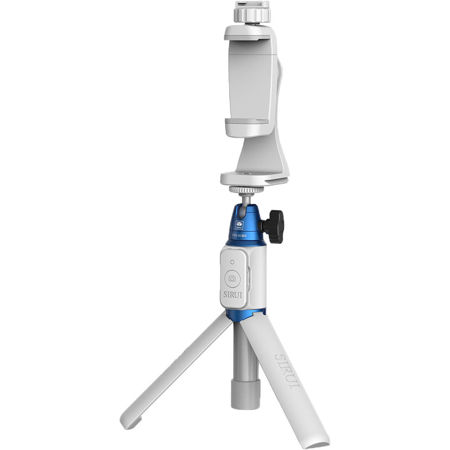Tripod Heights
Choosing the right tripod height is an essential step for any photographer or videographer looking to achieve consistently sharp, well-composed images. The height of a tripod directly affects your comfort and creative flexibility, whether you’re capturing autumn landscapes, recording interviews, or shooting macro details of seasonal foliage. As the days grow shorter and the light softens in September, being able to quickly adjust your camera to eye level or lower for those golden hour shots can make all the difference. For most, a standard tripod that reaches between 50 to 70 inches in height provides the versatility needed for everything from portraits to sweeping vistas, allowing you to compose your frame without stooping or stretching. Professionals often seek tripods that extend even higher, accommodating taller users or those who require extra clearance on uneven ground, while still folding down compactly for travel. For macro or product photography, a tripod that can get as low as 15 inches—or even lower with an invertible center column—opens up creative possibilities for close-up work, letting you capture the intricate details of autumn leaves or small subjects with stability and precision.
When considering tripod height, it’s important to factor in not just the tripod legs, but also the height of your camera and tripod head, ensuring the total setup aligns with your eye level for comfortable shooting. Many photographers find that avoiding full extension of the center column, especially in windy outdoor conditions, helps maintain maximum stability and reduces the risk of camera shake. This is particularly relevant during fall, when unpredictable breezes can challenge even the sturdiest setups. For those who frequently travel or shoot on the go, compact tripods that fold down to 15-25 inches offer portability without compromising on reach, making them ideal for street photography or spontaneous adventures. Conversely, portrait and landscape photographers often prioritize tripods that extend to 60-70 inches, providing a stable platform at eye level for carefully composed images. Whether you’re gifting a tripod to a friend who’s just picked up photography, or upgrading your own gear for the busy autumn shooting season, considering the intended use and preferred shooting heights will ensure the tripod you select fits seamlessly into your workflow.
Beyond height, exploring the full range of tripod functionality can further enhance your creative potential. Adjustable legs, multiple locking mechanisms, and flexible center columns allow you to adapt to challenging terrain or experiment with low-angle perspectives—perfect for capturing the vibrant ground cover and changing colors of September. For those interested in expanding their skills, understanding how tripod height interacts with camera angles is key to mastering composition, whether you’re shooting video interviews, time-lapses, or stills. For a deeper dive into maximizing your setup, you can explore more about Tripod Angles and how they complement various tripod heights. Ultimately, selecting a tripod with the right height range for your needs ensures comfort, stability, and creative freedom for every shot, making it a valuable tool for photographers and videographers at any level.
When considering tripod height, it’s important to factor in not just the tripod legs, but also the height of your camera and tripod head, ensuring the total setup aligns with your eye level for comfortable shooting. Many photographers find that avoiding full extension of the center column, especially in windy outdoor conditions, helps maintain maximum stability and reduces the risk of camera shake. This is particularly relevant during fall, when unpredictable breezes can challenge even the sturdiest setups. For those who frequently travel or shoot on the go, compact tripods that fold down to 15-25 inches offer portability without compromising on reach, making them ideal for street photography or spontaneous adventures. Conversely, portrait and landscape photographers often prioritize tripods that extend to 60-70 inches, providing a stable platform at eye level for carefully composed images. Whether you’re gifting a tripod to a friend who’s just picked up photography, or upgrading your own gear for the busy autumn shooting season, considering the intended use and preferred shooting heights will ensure the tripod you select fits seamlessly into your workflow.
Beyond height, exploring the full range of tripod functionality can further enhance your creative potential. Adjustable legs, multiple locking mechanisms, and flexible center columns allow you to adapt to challenging terrain or experiment with low-angle perspectives—perfect for capturing the vibrant ground cover and changing colors of September. For those interested in expanding their skills, understanding how tripod height interacts with camera angles is key to mastering composition, whether you’re shooting video interviews, time-lapses, or stills. For a deeper dive into maximizing your setup, you can explore more about Tripod Angles and how they complement various tripod heights. Ultimately, selecting a tripod with the right height range for your needs ensures comfort, stability, and creative freedom for every shot, making it a valuable tool for photographers and videographers at any level.
